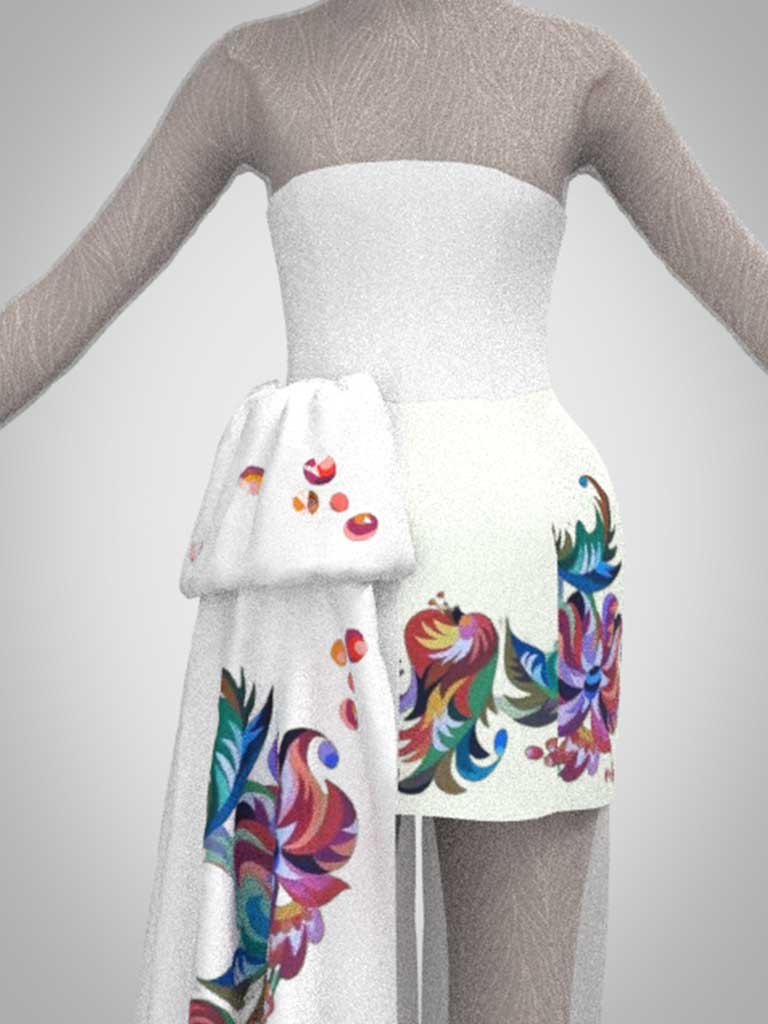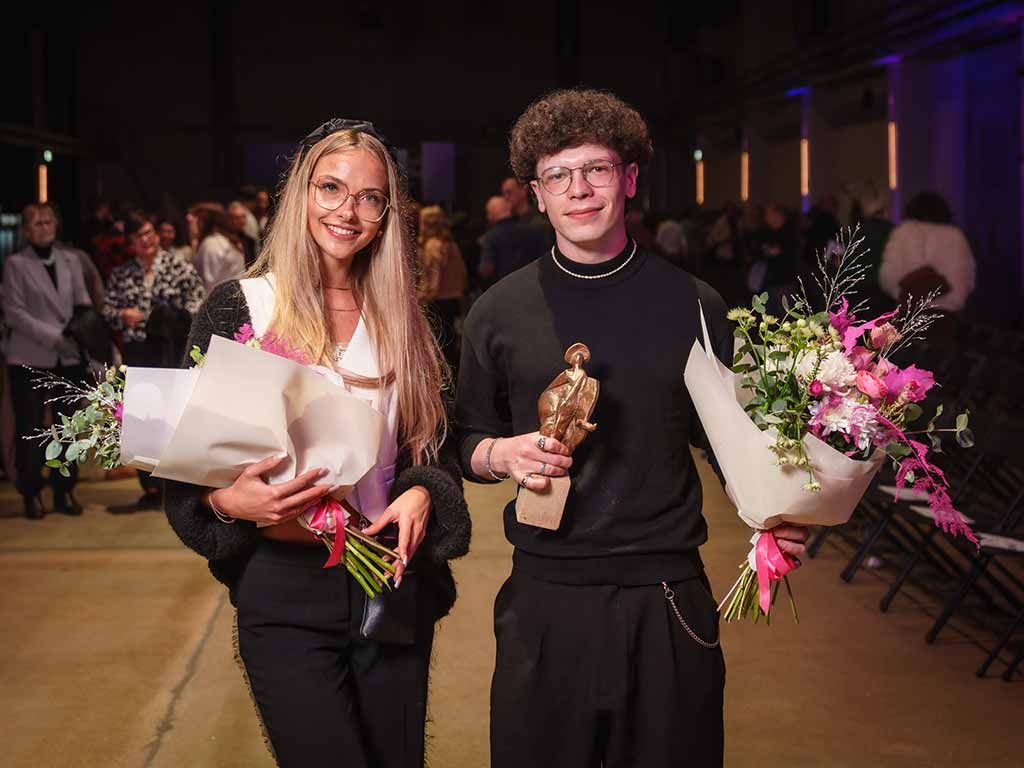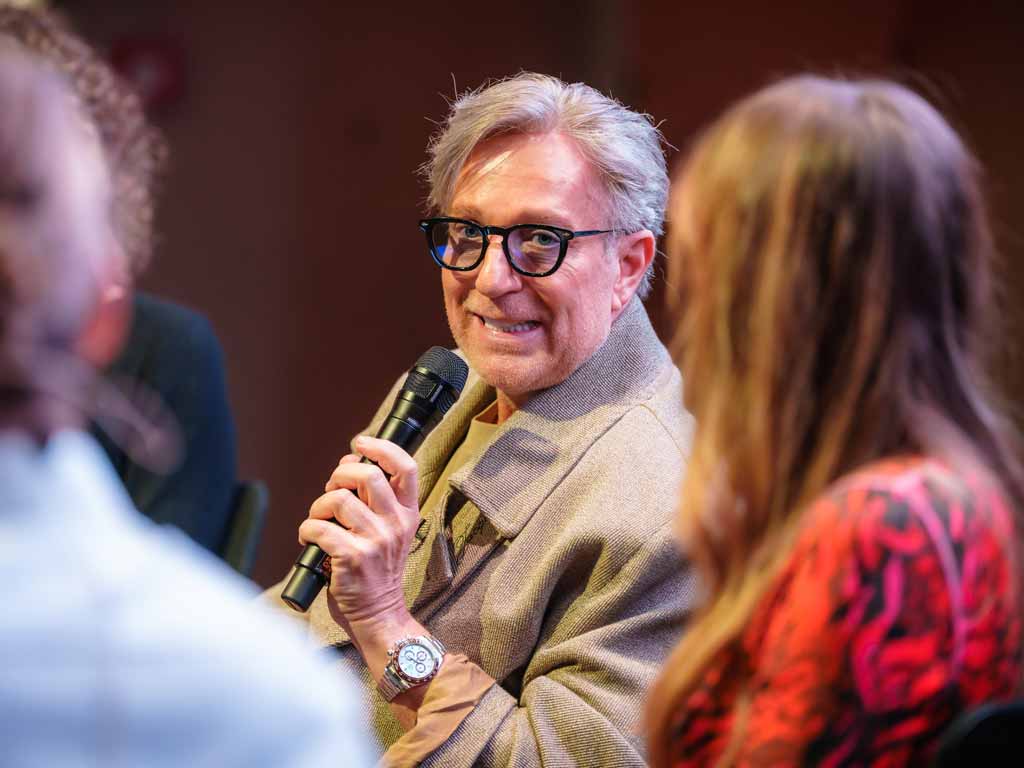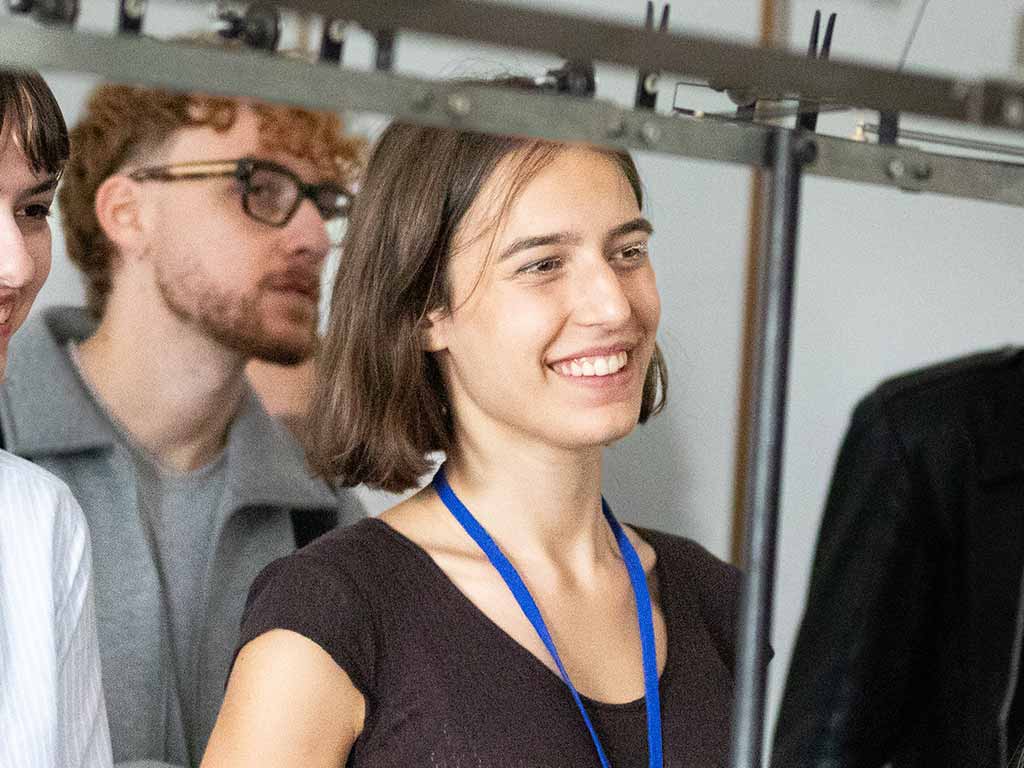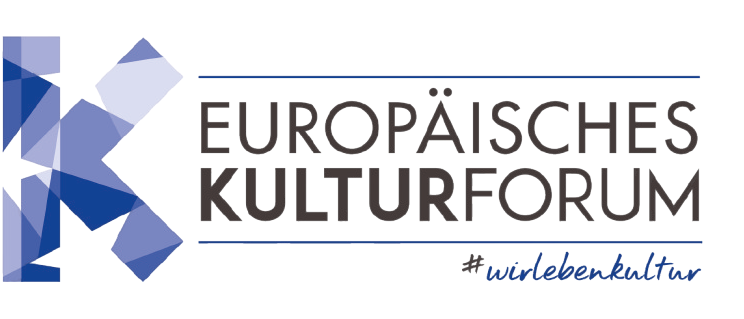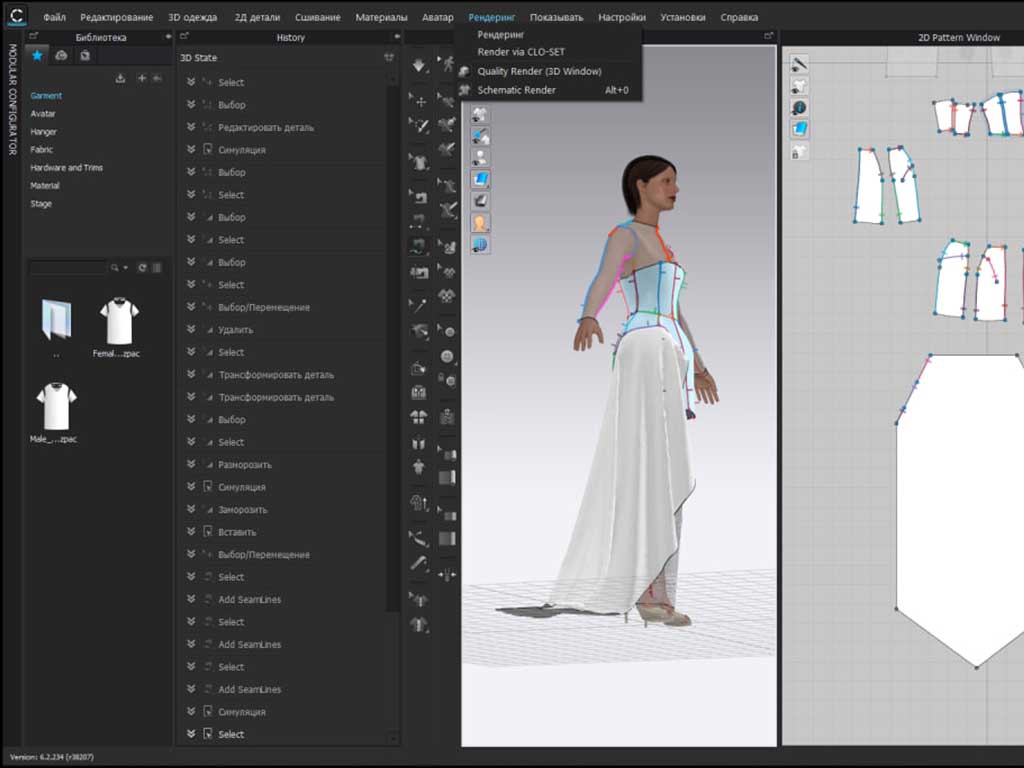
Kyiv Vision: Folk Art in Digital Fashion Design
At the Kyiv National University of Technologies and Design (KNUTD), Kyiv Campus, the future of fashion is already taking shape – literally in the digital space. The university is part of the European FashionTEX project, which is rethinking fashion education and combining digital skills with sustainability and culture. Here, projects are created that are deeply rooted in tradition while utilizing cutting-edge technologies.
We spoke with Stelmakh Anastasiia, a student with a visionary eye, who is combining traditional Ukrainian art with digital tools and sustainable materials – in a project that goes far beyond pure design.
Tell us about your experience with the digital fashion course and CLO3D. What was your biggest insight?
Working with CLO3D has completely changed my approach to fashion design. It’s more than just a technical platform – it’s a field of experimentation, a bridge between imagination and implementation. CLO3D allows me to test ideas instantly, visualize garments in motion, and focus more deeply on the concept behind each piece.
Your project addresses complex and meaningful themes. How did it begin?
Preparation is always more than it seems. It’s not just about fabrics, sketches, or techniques—it’s about the search for meaning. I wanted to create something that combines innovation with deep cultural codes, something that preserves tradition while reinterpreting it.
You’ve experimented with bioplastics and 3D printing—can you tell us more about that?
Yes, my current experiment is trying to print bioplastics from food waste directly onto fabric. The goal was to develop a material that is environmentally friendly, biodegradable, and completely unique. But the path to achieving this was anything but easy.
What were the biggest technical challenges?
Honestly, there were many. Finding a bioplastic formula that is flexible but not sticky, heat-resistant, mold-resistant, and dimensionally stable—that required many attempts. Additionally, I had to adapt them for 3D printing while ensuring strength and environmental safety.
And then there’s the fabric itself – when printing on textiles, you’re working with a material that moves, stretches, and deforms. This follows a completely different logic than printing on solid surfaces. It required patience, adaptation, and a deep understanding of how materials behave in real time.
But at the core of your project, it’s about more than just science and technology.
Exactly. The most significant thing for me is the inclusion of samchykivka, a unique and almost forgotten Ukrainian folk art. This traditional painting is full of cultural symbolism, and I wanted to preserve it—but at the same time, reinterpret it through a futuristic lens. The print design of my project is directly inspired by these motifs.
What does the connection between tradition and innovation mean to you personally?
It’s my answer to a larger question: Can clothing be a bridge between heritage and innovation? Between sustainability and emotion? Through this project, I realized that technology doesn’t replace culture—it can amplify it, carry it forward, and make it accessible to new generations.
And how did CLO3D help realize this vision?
Working in CLO3D isn’t simply digital design—it’s a dialogue between technology and mind. I was able to prototype, visualize, and customize the garment in real time, experiment with materials, and tell a story that unites the past and the future. And that’s just the beginning.
As KNUTD continues to push the boundaries of fashion education, projects like this remind me that design isn’t just about what we wear—it’s also about what we carry on. Through the lens of CLO3D and sustainable innovation, one student shows that the future of fashion can be both intelligent and meaningful.


